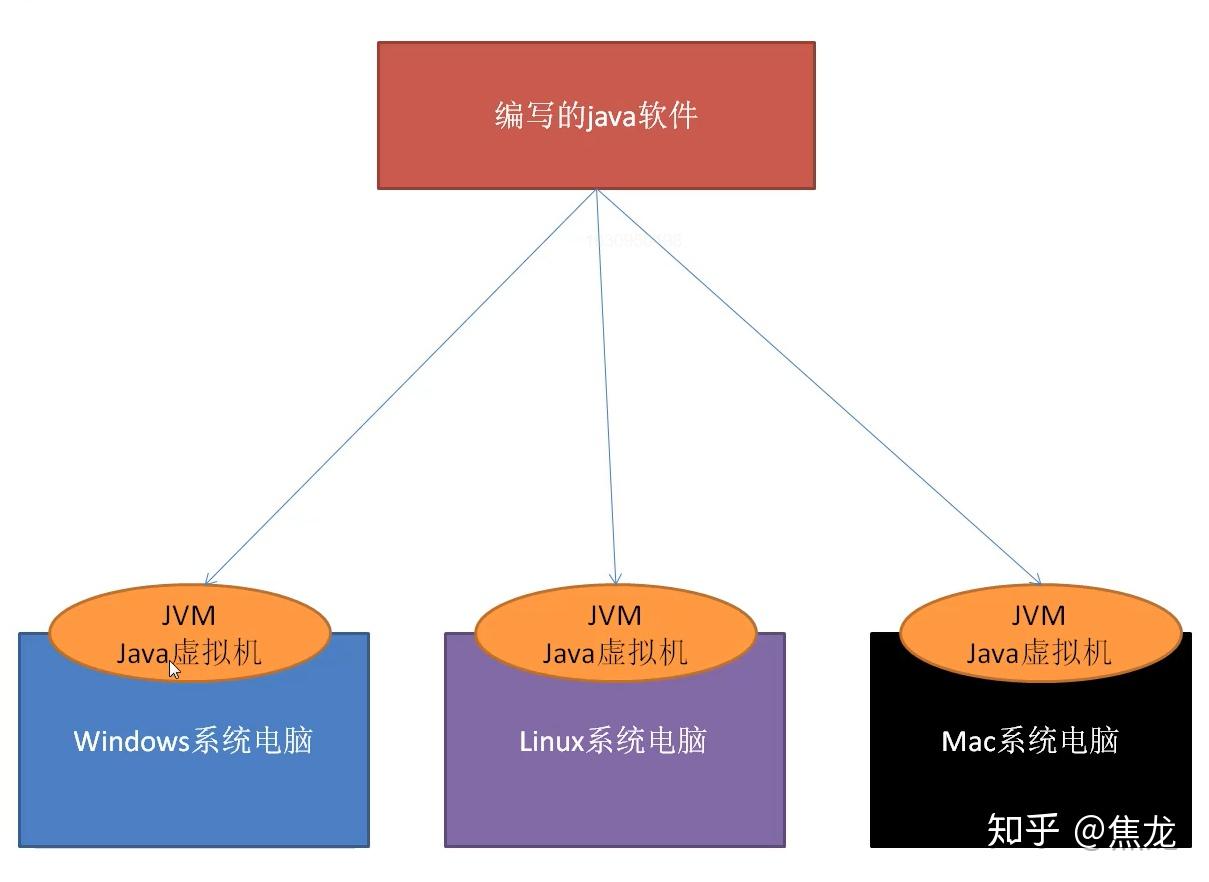

Each of these devices can be enabled to run Java applications through the installation of the Java Virtual Machine (JVM) software. Translation: There are over 10 million Java software developers in the world today writing software applications that run on desk top computers, lap tops, tablets, enterprise servers, and even cloud based platforms. If the above explanation is unintelligible then read on for the layman’s version of the vital importance of this remarkable software environment to so many areas of the world today. These libraries, bundled together with the JVM, form the Java Runtime Environment (JRE).

A JVM is distributed along with Java Class Library, a set of standard class libraries (in Java bytecode) that implement the Java Application programming interface (API). A JVM provides a run-time environment in which Java bytecode can be executed. JVM's are most often implemented to run on an existing operating system, but can also be implemented to run directly on hardware. Wikipedia: A Java virtual machine is a program which executes certain other programs, namely those containing Java bytecode instructions….


 0 kommentar(er)
0 kommentar(er)
